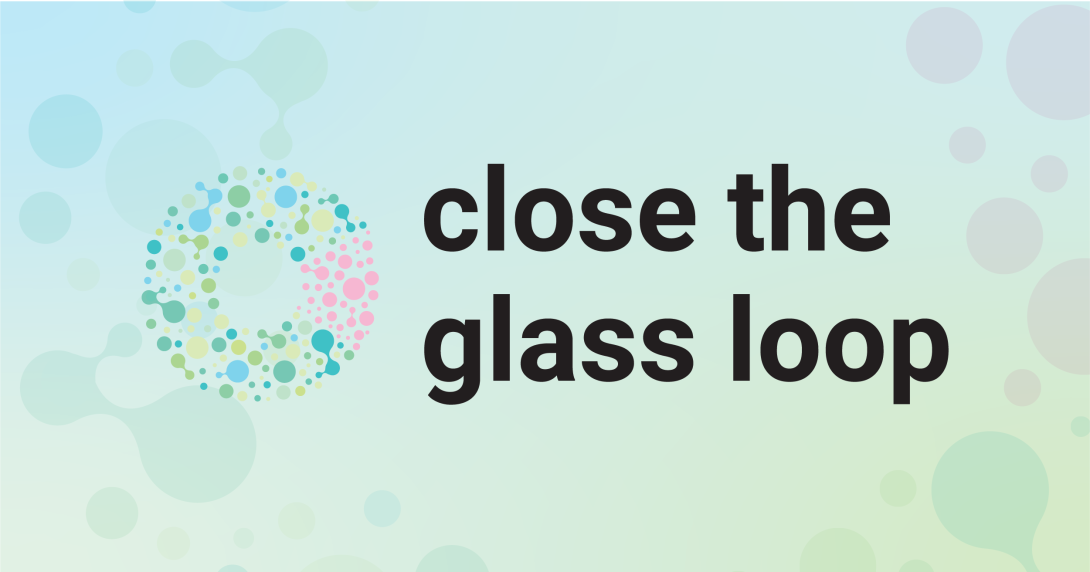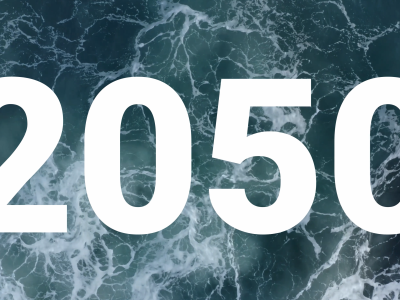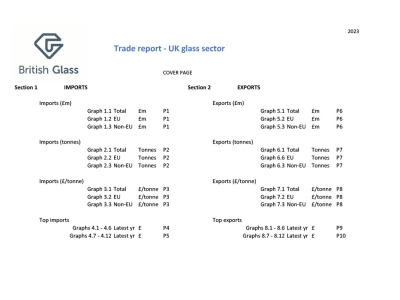
Glass collection and recycling stakeholders from across Europe today [30 June 2020] launched the Close the Glass Loop material stewardship programme which strives to achieve a 90% glass collection rate by 2030
Glass has long been a leader in circularity, as an infinitely recyclable packaging material with a collection for recycling rate of 76% across Europe and the Close the Glass Loop programme hopes to further improve this in line with the European Green Deal.
The initiative gathers twelve European federations representing glass manufacturers, processors, brands, Packaging Recovery Organisations and municipalities, including European Container Glass Federation (FEVE), European Federation of Glass Recyclers (FERVER), Comité Européen des Entreprises Vins (CEEV), European Federation of Bottled Waters (EFBW), spiritsEUROPE, Soft Drinks Europe (UNESDA), Extended Producer Responsibility Alliance (EXPRA), Producer Responsibility Organisations Packaging Alliance (PROsPA, represented by CITEO), ACR+, Eurocities, Municipal Waste Europe, European Fruit Juice Association (AIJN), and European Association of Food and Vegetable Processors (PROFEL) .
At today’s launch event over 200 participants joined founding partners and national representatives from eleven countries – France, Germany, Italy, Poland, Portugal, Spain, the United Kingdom, Austria, Belgium, Sweden and Ireland – to officially launch the platform and action plan.
British Glass CEO Dave Dalton said:
“The Close the Glass Loop programme is a wonderful opportunity to unite organisations from across the continent and drive for a truly circular economy for glass.
“A target of 90% collection rate is ambitious but we’ve already seen there is appetite to increase glass collection and recycling in the UK and Europe and we hope that the programme can be a real influence over the coming year.
“It was great to see an engaged audience at today’s launch and this should give us the foundation for the work that is to come.”
Joining the online event through video message, Virginijus Sinkevičius, European Commissioner in charge of the Environment, Fisheries and Oceans, commented:
“Glass is a great example of a circular material. You are already achieving outstanding results in waste collection and recycling. But today you show that you want to do more, that you are determined to bring levels up across the EU and seek the room for improvement all along the chain. I am confident that you will complete your mission and make the Close the Glass Loop Platform the springboard to the higher levels of the waste hierarchy.”
The European Action Plan, presented by Michel Giannuzzi, President of the European Container Glass Federation (FEVE) at today’s launch event, aims to address structural challenges in the glass collection and recycling chain which are common to most EU countries. With municipalities seen as a key player to mobilise collection, “Close the Glass Loop” will establish a strong partnership with local authorities to expand source-separated glass collection, improve glass collection in large cities and tourist areas and ensure that use, collection and recycling of glass containers is better supported by common guidelines and tools, at all stages of use. The full action plan can be viewed at www.closetheglassloop.eu.
Setting out the Action Plan, Michel Giannuzzi, President of the European Container Glass Federation (FEVE), noted:
“We have the advantage of working with a material that is 100% and infinitely circular by nature and already a success story in terms of sustainability. The more we recycle glass, the less we litter or rely on virgin resources, while also providing premium packaging in terms of quality preservation, health and safety.
"Today, 76% of glass packaging in the EU market is collected for recycling – but there is more to be done. We need to fully seize the advantages offered by glass and recycle more and better. And to this end, we need the active commitment of the whole value chain. The level of engagement in ‘Close the Glass Loop’ to date lays really promising grounds for success and I am very much looking forward to the positive impact it will create over time.”


